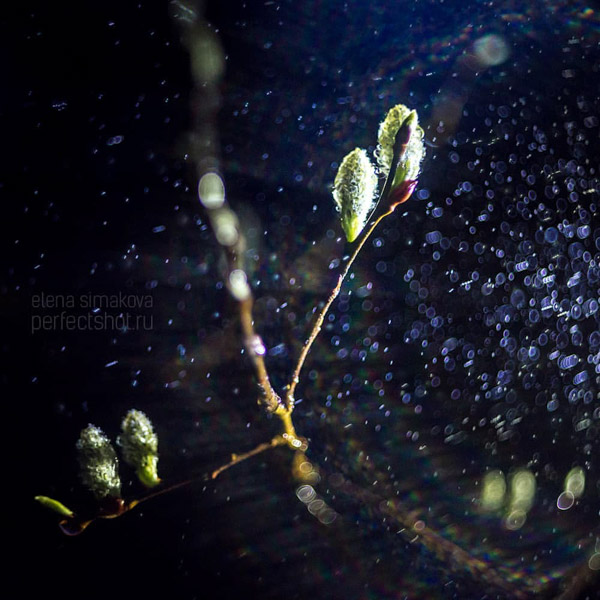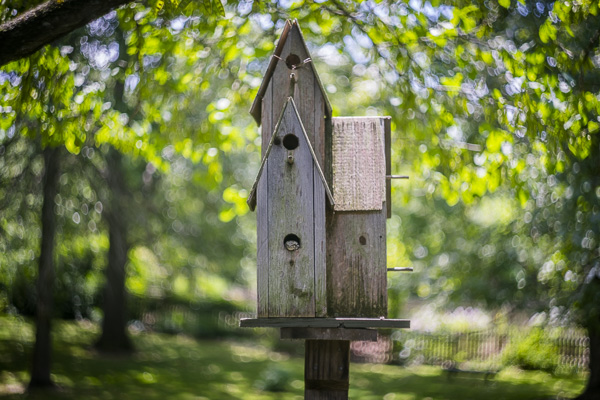

It isolates subjects in a clearer way than 50mm does owing to the naturally narrower depth-of-field of 58mm, and presents a slightly tighter, more focused image. I tend towards 50mm, and I find that 58mm works like a charm.

Avid 50mm shooters may be a little put off by how long this lens is, and die-hard 35mm and 40mm street shooters might find this lens much too narrow for their purposes. The Helios’ 58mm focal length is at the longest end of the definition of the 35mm “standard,” which ranges anywhere from 35mm to 60mm. The first thing that jumps out about this lens’ imaging characteristics isn’t actually the image quality itself it’s the slightly unusual focal length. The formula reappeared post-war in the East German-controlled Carl Zeiss Jena plant as the Carl Zeiss Jena 58mm f/2, and was eventually rebranded by the Soviet Union as the Helios 44M we know today. The Biotar was initially manufactured for cinema use, and then adapted for the Exakta mount in 1936. The lens formula itself dates back to the 1920’s and referred to a variation on the six elements in four Double-Gauss formula made famous by the Zeiss Planar.

Its stellar reputation springs directly from its predecessor, the Zeiss Biotar 58mm f/2. After having been sufficiently disappointed by the performance of a couple of other Soviet “sleeper” lenses I really wasn’t expecting much from the Helios 44M. This is an assertion that has time and again proved to be wildly exaggerated, if not flat out wrong. The aperture ring feels entirely too loose, my copy has a stiff focus action which on occasion aggravates my carpal tunnel syndrome, and the depth-of-field preview wheel sometimes decides to stop down of its own accord.īut most people will tell that the saving grace of many less-than-stellarly-built Soviet lenses is their overall image quality in relation to their cost.
HELIOS 44 2 BOKEH MANUAL
Yes, it packs in all the accoutrements of pricier manual focus SLR lenses, like a focusing scale, half-stop clicks between f-stop markers, and a depth-of-field preview wheel, but the execution here is pretty dismal. It’s incredibly solid in both feel and construction, but has all the sophistication of an Eliza Doolittle. The Helios’ build quality ticks all the Soviet lens boxes, for better and worse.

Why? It followed the same formula every other lackluster Soviet lens followed it was a yet another Zeiss knockoff (aping the Zeiss Biotar 58mm f/2), it came attached to a half-broken camera, and it was produced by a factory known for its loose manufacturing tolerances, KMZ (Krasnogorsky Zavod), famous for producing the Industar and Jupiter lenses found on the Leica copies known as FED and Zorki, and since those two lenses ended up being mostly unremarkable, I wasn’t scrambling to get my hands on a Helios.Īnd right I was, at least at first. I quickly unscrewed the Helios from the Zenit and stuck it onto my resident M42 shooter, the elegant Pentax SV. It came attached to a Zenit TTL which I wanted to test, but whose busted light meter disqualified it for review ( that job fell to Jeb). Like many Soviet lenses, the Helios 44M waltzed (or hopaked?) into my life unannounced. But there’s one lens in my collection that quietly and consistently reminds me that I don’t know it all, and that lens is the Helios 44M 58mm f/2. I’ve come to the conclusion that despite their internet reputations for being amazing dark horses, most of these lenses are just sub-par copies of German ones. Our frequent coverage of lenses and cameras from the former Soviet Union might make us seem like ardent fans of the subgenre, but I can assure you it’s not the case (true at least for the members of the CP writing staff who aren’t named Jeb).


 0 kommentar(er)
0 kommentar(er)
